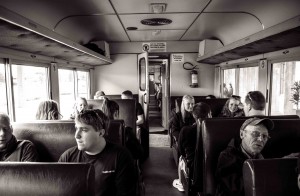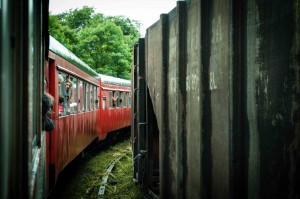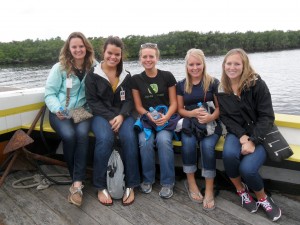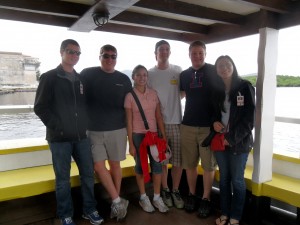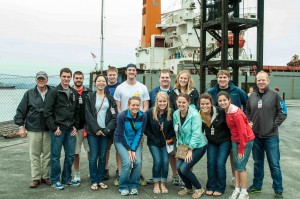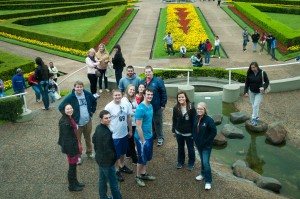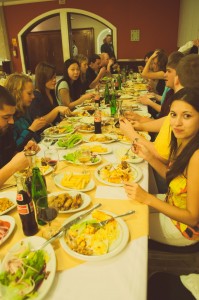By Madalyn Kermicle, Mason Schoolcraft & Erica Weng
January 8, 2013
Cock-a-doodle doo!! That is what we hear every morning when our tour guide, Nadiel, tries to wake us up! This morning after contemplating McDonalds’ breakfast across from our hotel we decided to continue with our Brazilian emersion and it paid off with bacon being served at the hotel buffet. After breakfast we drove to Cocamar, which is the second largest co-op in the “land of co-ops.”
Cocamar organizes production of cotton, juice, oil, coffee, and the traditional agriculture commodities for its nearly 11,000 farmer members. Coffee was their first agriculture product, but after the great Brazilian frost of the 1970s that swept across the region they were forced to diversify. They did this originally through the cotton business and then continued to grow. They were a one-stop shop for farmers in the north and were the only business these farmers would ever need to go to.
The first building we toured was the cotton-manufacturing center that produces thread and yarn. We were given some protective earplugs that would rival Beats by Dre in the coolness department. Cocamar starts by cleaning the cotton (which consists of a scary beeping noise), and then they use four machines that look similar to a Build-A-Bear factory to fluff the pure cotton. During this process we were in approximately 190 degree Fahrenheit weather and walked up hill both ways. Our conversions of Celsius to Fahrenheit have been slightly off so this may be an exaggeration. The cotton was then put on a smaller spool that was similar to string. After it is in string form they steam the cotton, and it passes through a black light test.
Then to continue our trip through the Sahara desert we visited the coffee factory. We got to wear some attractive hairnets so we were prepared to go in! This co-op produces 900 tons of coffee each year. Cocamar also provides technical support to farmers. Once they have bagged the coffee beans they store it for five hours to make sure there are no holes and that it is ready to deliver. The coffee has a one year shelf life and they have 5 different varieties.
Then we went to the juice box (the nickname for the juice factory given by Mason). It was currently under maintenance and construction, but we were still able to tour the whole facility. Cocamar produces 9 different flavors of juice. Most of them were very delicious! The flavors range from passion fruit to guava, and they even made cold cappuccino.
After lunch we visited ALCOPAR, the Bioenergy Producers Association of the State of Parana. We visited their corporate office in downtown Maringa. We watched 9 short videos that took us through the processes of sugarcane planting and ethanol production. Brazil is the largest sugar producer and exporter and they provide 20% of world production of sugar cane. When talking about ethanol storage and distribution we learned that 80% of ethanol is consumed domestically. The United States and the European Union are the largest importers of Brazil sugar cane and ethanol. ALCOPAR has 30 plants in the state of Parana. Brazil also imports ethanol from the United States because our corn ethanol has different qualities and characteristics than the ethanol produced in Brazil.
Another interesting part of the trip has been questioning which DVD Nadiel will play next. On today’s bus ride a movie was requested, but instead we got an incredibly interesting Brazilian samba video. We have also watched live concerts of CCR and the Bee Gees. So when he put on a DVD near the end of our 2-hour bus ride today we were surprised to see none other than…….Beyonce LIVE!


